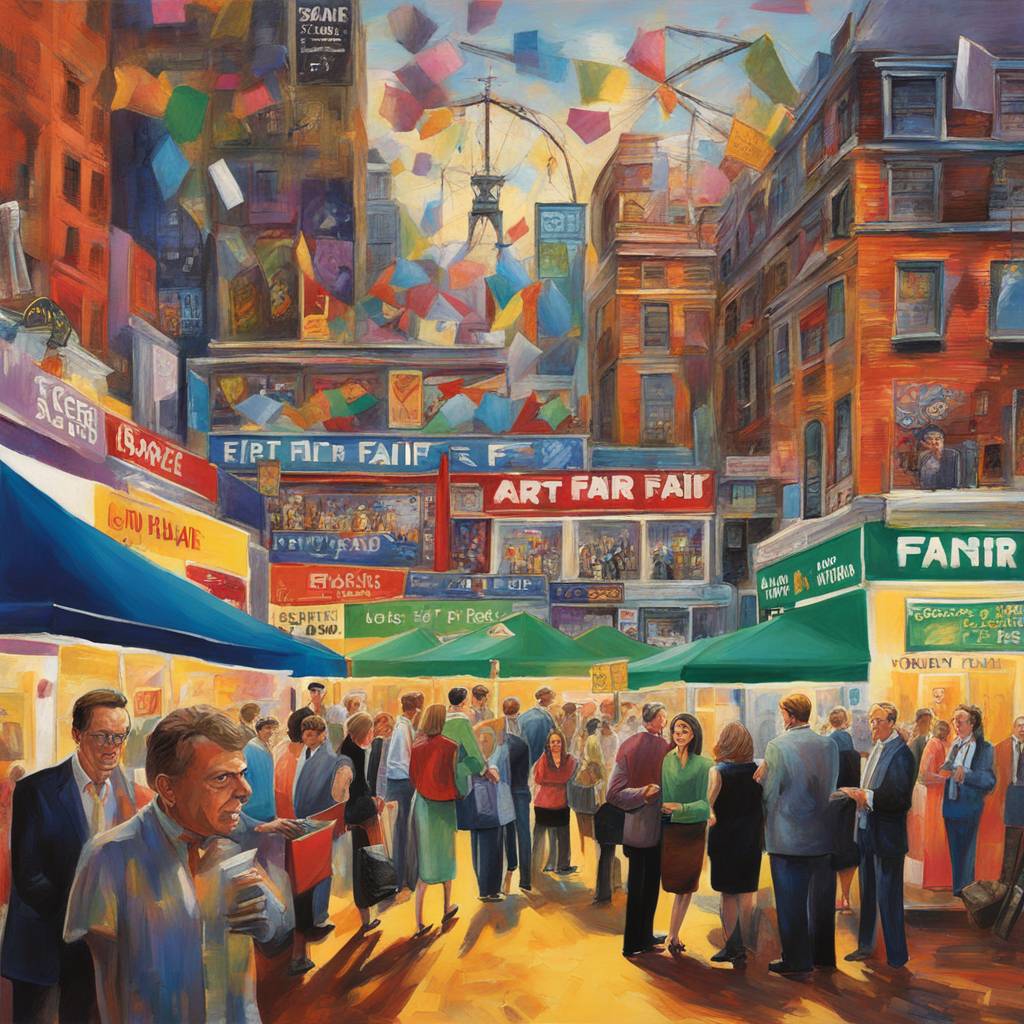Pearl Lam, a gallerist, entrepreneur, and host of The Pearl Lam Podcast, has become an expert speaker in the art industry. She is the founder of Pearl Lam Galleries, bringing a unique perspective to the art world.
Art fairs have become a significant part of the global art market since their inception, but with the emergence of the Covid-19 pandemic, digital showrooms and online art fairs gained momentum. Despite this shift towards digital platforms, physical art fairs have continued to thrive, defying market expectations.
The global art market has seen steady growth over the past decade, reaching between $56.7 billion and $67.8 billion annually. However, the number of art fairs has rapidly increased, from 68 major fairs in 2005 to 408 in 2019. Even during the pandemic, over 333 art fairs were held between 2020 and 2023, with more expected in 2024.
Despite the high costs associated with participating in art fairs, many galleries are selective about which fairs to attend due to financial constraints. The dominance of large and established galleries in the art market is perpetuated by these high costs, creating barriers for new entrants.
Despite financial challenges faced by galleries and organizers, art fairs play a critical role in the art market, with 29% of all art sales occurring at fairs in 2023. They provide credibility to galleries, validate artists’ work, and facilitate connections between key players in the industry.
The future of art fairs remains resilient, as revealed by a survey showing that 58% of art collectors made purchases at fairs in 2023. While the art world continues to adapt to digital trends, art fairs will remain pivotal for gallery owners, artists, and collectors, serving as a platform for networking and showcasing new talent. Art fairs will continue to evolve in the digital age while maintaining their importance in the art market.


